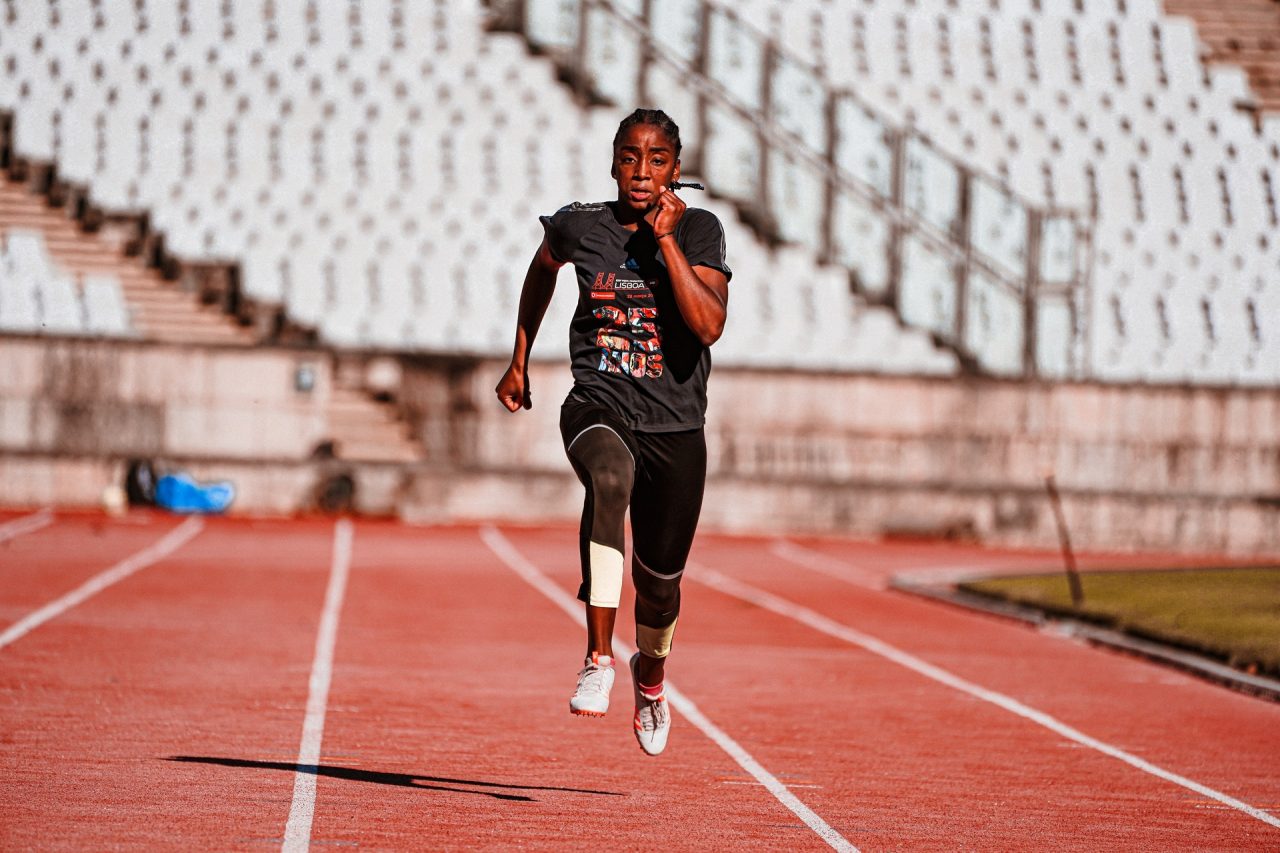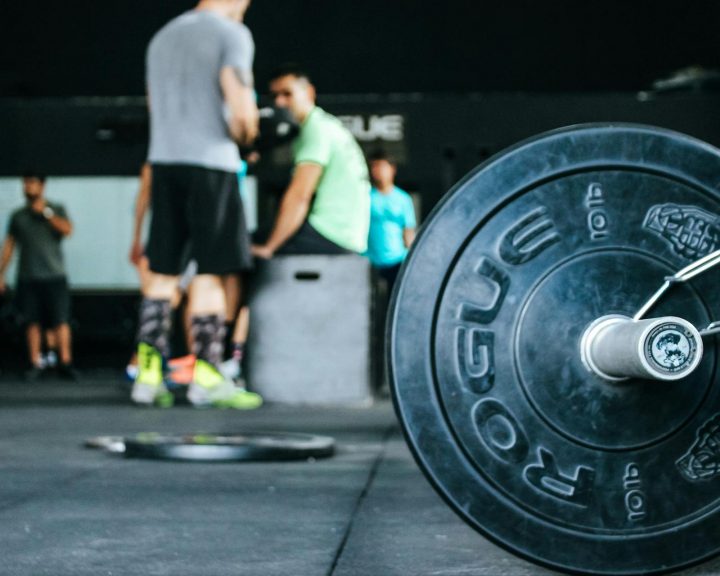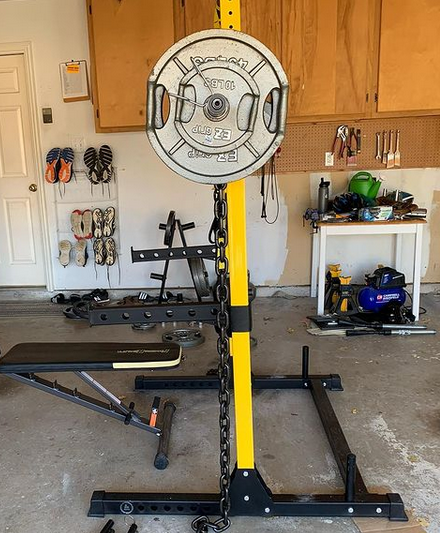In 1978 an article was published by a Soviet athlete, coach, and sport scientist named Ozolin on the speed barrier (see https://www.cissik.com/blog/2012/02/classic-article-ozolin-and-the-speed-barrier/ for a summary). Essentially the article said that if athletes are engaged in speed training long enough, they get to a point where they are challenged to train their limbs to move faster. In that article the author recommends breaking through this speed barrier by making sprinting more difficult (i.e. resisted sprinting) or making it easier (i.e. assisted sprinting). In this post we’re going to talk about assisted sprinting.
The idea behind assisted sprinting is to make the sprinting motion easier so that athletes can move their limbs faster than they normally would be able to in actual sprinting. This then teaches the athletes how to move their limbs more quickly, which eventually transfers to regular sprinting.
The major tools for assisted sprinting, one of which you don’t see a lot of any more, are:
- Partner pacing
- Overspeed treadmills
- Running downhill
- Towing
Partner Pacing:
This type of assisted sprinting requires a partner and a belt and tether that attaches the two athletes together. The athletes are separated so that the tether is relatively tight. The athlete in front begins sprinting, towing the athlete in the back who must sprint faster than normal to maintain the pace. Now, there are several challenges with this type of training. First, the lead athlete is going to have to be faster than the athlete doing the training otherwise this won’t create the desired effect. Second, the athlete being trained has to be able to maintain good form (we’ll talk more about this later) throughout.
Overspeed Treadmills:
Most treadmills that are geared towards cardio are made for running up to five minute miles. That is slower than athletes sprint. However, you can purchase special overspeed treadmills, some of which can reach 15-28 miles per hour. This allows the athlete to practice overspeed training without worrying about a partner. It can also be carefully programmed. The challenge is that this equipment is expensive and is not conducive to training in a team setting, though it would be great in a one on one setting.
Running Downhill:
Running downhill is a great example of overspeed training! It is simple and doesn’t require special equipment. Most classic sources recommend a 2-3 degree slope when using downhill running. Now, there are challenges. First, you have to have access to a hill. Second, it has to be the right slope. Third, there is an injury potential when trying to run downhill. Finally, programming isn’t very precise with this tool.
Towing:
This is the tool you don’t see a lot of nowadays. There was a time when athletes would wear a belt, connected to a tether, connected to something that won’t move (like a football goalpost). The athlete would then back up, creating tension in the tether. When the desired distance was reached the athlete would sprint forward. The tether would pull the athlete, creating the overspeed effect.
With all overspeed training tools there are some considerations. First, most sources recommend not exceeding 106-110% of the athlete maximum speed. Doing this creates bad running mechanics which can carry over to sprinting and have a negative impact on performance. Second, athletes have to get into shape for this type of training. Third, normally overspeed training distances are limited to 30-40 meters. Finally, sound technique has to be emphasized throughout.



